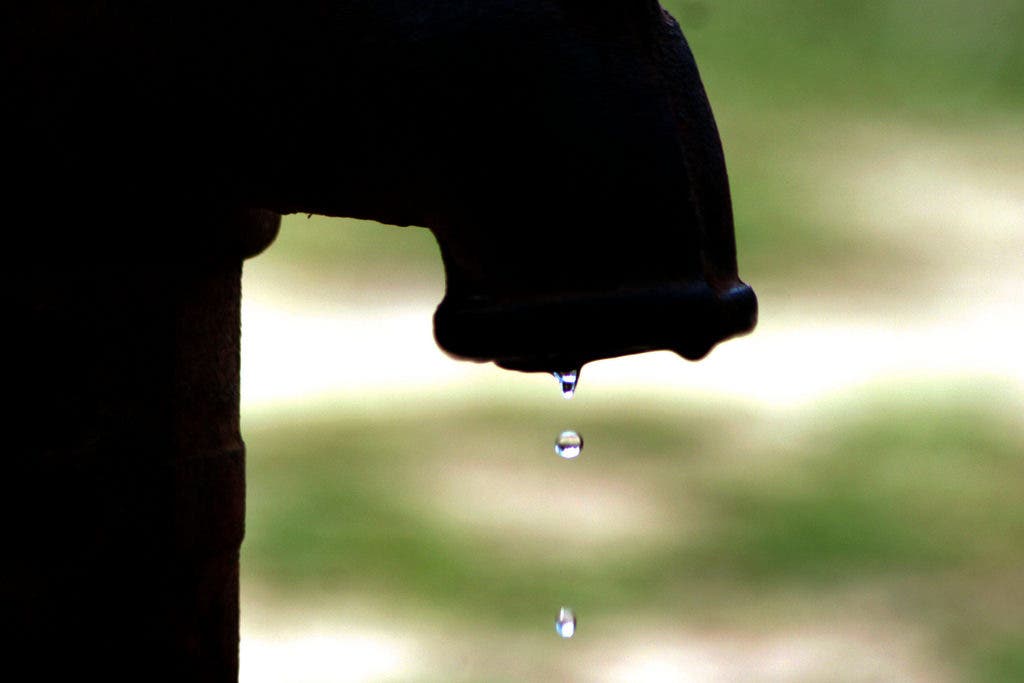
Commercial, residential, and industrial buildings use a lot of water. It’s hard for them to conserve water when there are so many people and processes relying on the liquid. It’s even worse for industrial organizations where water use is constant.
According to the U.S. Department of Energy (DOE), commercial buildings use about 88 percent of all drinkable water in the U.S. Facility managers who understand the need to conserve this water and use their resources to do so could significantly decrease water use throughout the world.
As things evolve, so will the future of water conservation. It will be about using technology, science, and more in the name of water-saving features. It will also save companies time and money.
Here are some of the key ways that commercial buildings can and will continue to decrease water usage in their facilities.
Low-Flow Plumbing Fixtures
One of the most incredible breakthroughs in water systems is low-flow water fixture systems. In 1992, low-flow plumbing fixtures became a requirement in commercial buildings, according to the National Energy Policy Act signed that year.
Since this mandate, industrial water usage has cut water use in industrial plants by a third. This means that everything from flushing a toilet to getting a glass of water reduces water usage in an organization, and the technology is only improving. There are now more low-flow water fixtures and applications than ever before.
Water Level Sensors
Mechanical floats tend to be used in industrial organizations to control liquid levels. However, water level sensor switches are the newest and most reliable tools for controlling the liquid level in a given application.
Although not generally acknowledged as a water conservation tool, water level sensors help conserve water because they’re significantly more reliable. They have a one percent failure rate in 15 years, significantly reducing the likelihood of water waste.
Separately Metering Irrigation and Cooling Towers
Separately metering applications like irrigation and cooling towers is not only beneficial for conserving water, but also for running a more efficient organization. It prevents you from paying extra sewer and electricity charges to the city.
The water conservation aspect comes with the knowledge of how much water and evaporation from your cooling towers you’re using. The information can be invaluable in helping you pinpoint areas in which water conservation efforts are greatly needed.
Pressure Reduction
Pressure booster pumps are often used in industrial settings to maintain water supply, but it requires more water to flow through the pipes. It’s easy for organizations to let this pressure get out of hand if it’s not metered properly.
Higher pressure not only wastes water, but can also cause pipe ruptures, slowing down production and maximizing water waste. Pressure-reducing valves minimize water usage and increase your efficiency.
Rainwater and Grey Water Harvesting
There’s more water at our disposal than we often realize. Rainwater has its purpose, soaking into the ground and feeding ecosystems, but a lot is wasted, particularly in areas where it rains frequently. Grey water, meaning water that has been used in the sink, tub, or other mild, non-hazardous applications, can also be utilized in many capacities in an organization.
Rainwater harvesting and gray water reclamation systems can help you recycle and reclaim water that was once lost. Modern systems can be expensive, but they’re efficient and significantly increase efficiencies.
Leak Proofing and Repair
Leaking pipes are often a hidden problem. It can take years to recognize a leak, and there’s often untold damage surrounding this issue, not to mention inefficient water practices. Water waste can be astronomical when leaks occur.
Leak proofing begins with tools to detect leaking behind walls, including cataloging weak points and reinforcing them. Through rapid leak detection methods, organizations can find leaks, repair them, and even prevent them in the future.
There are dozens of ways that industries can improve their water conservation tactics. Modern technologies and the sciences behind them have revolutionized both efficiencies in an organization and a more sustainable ecosystem.


